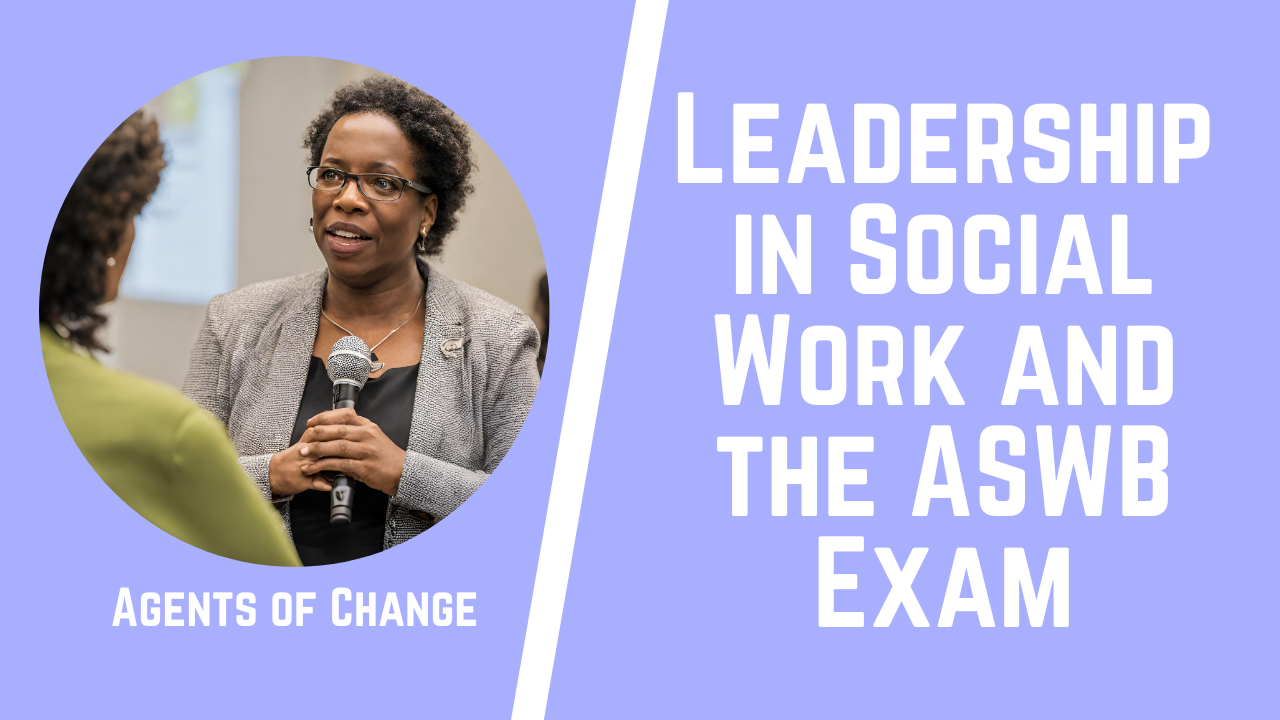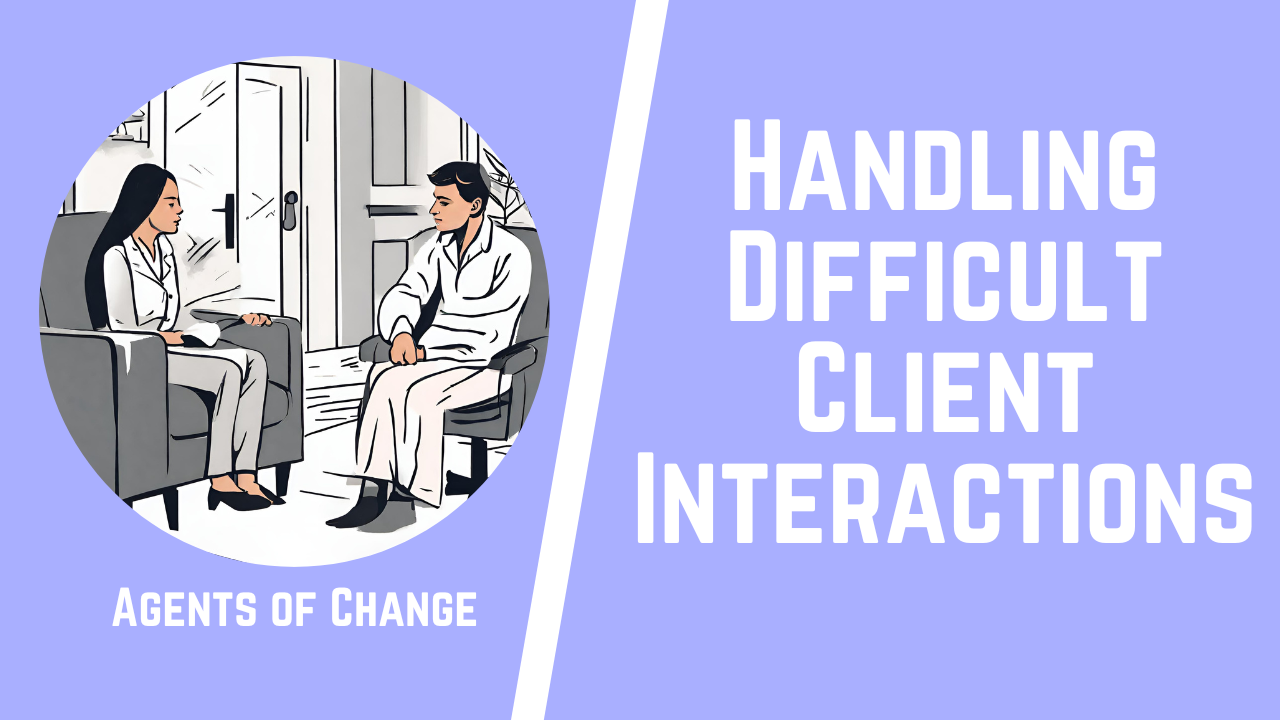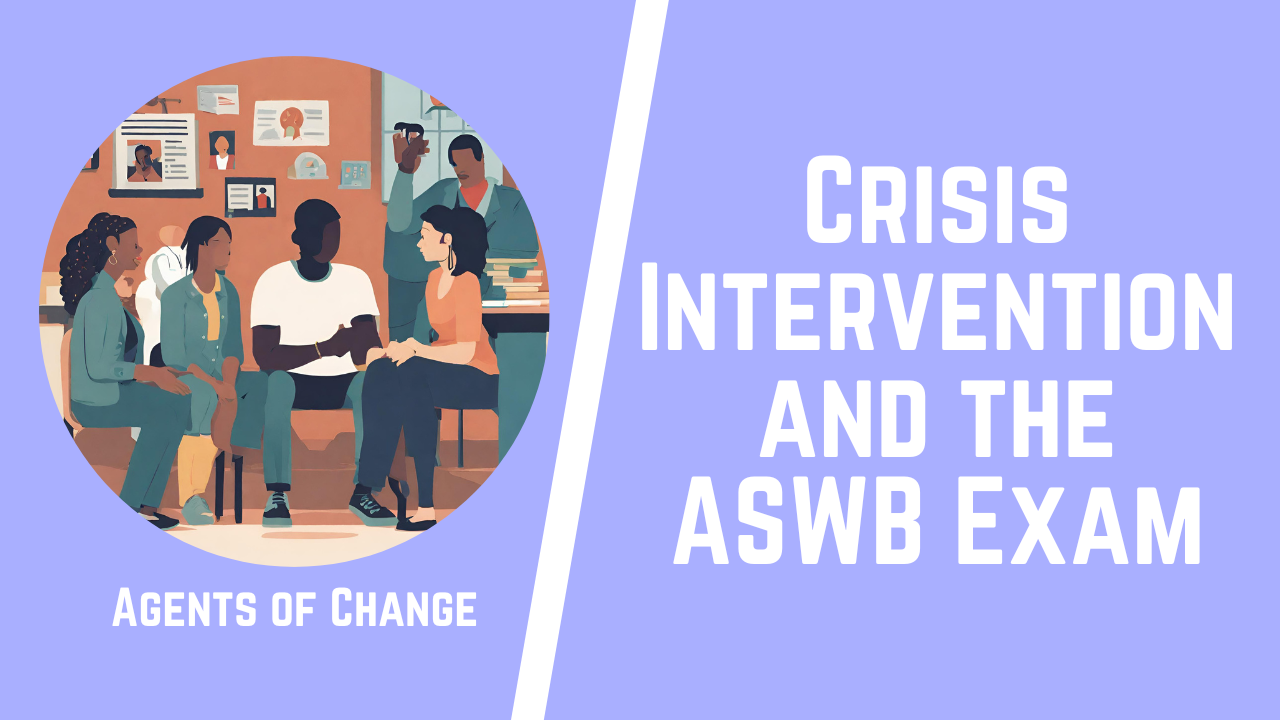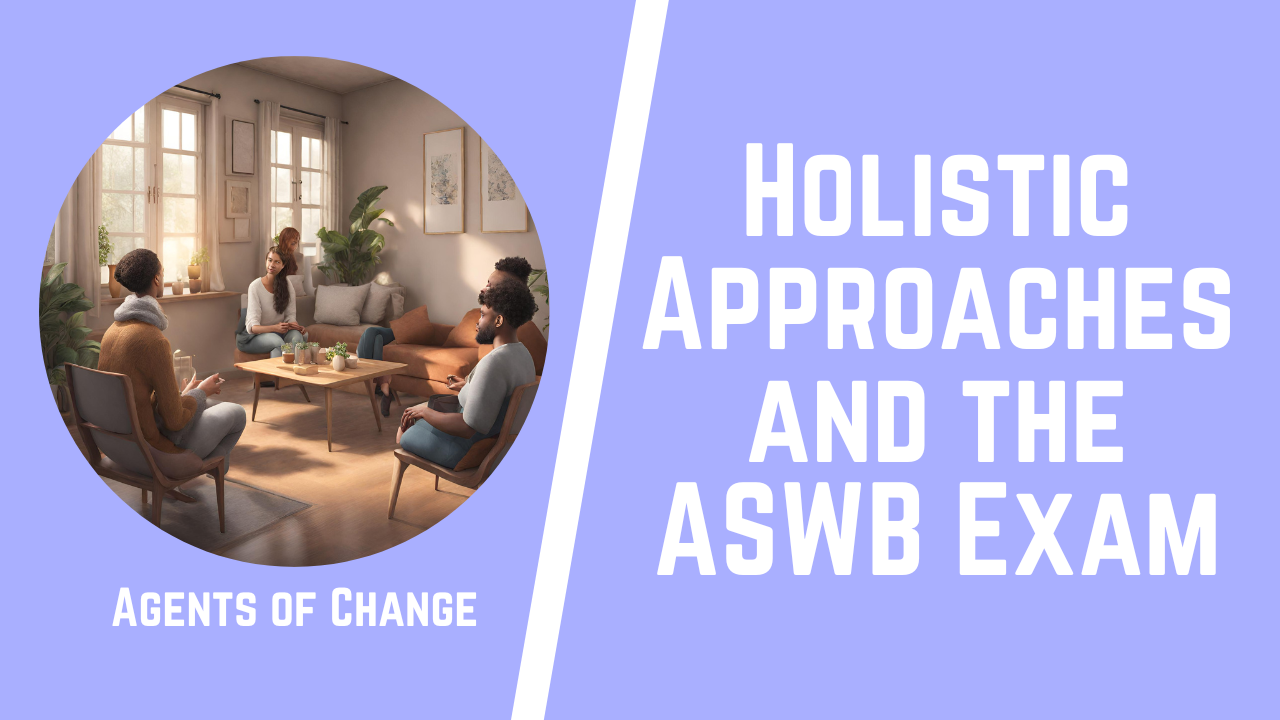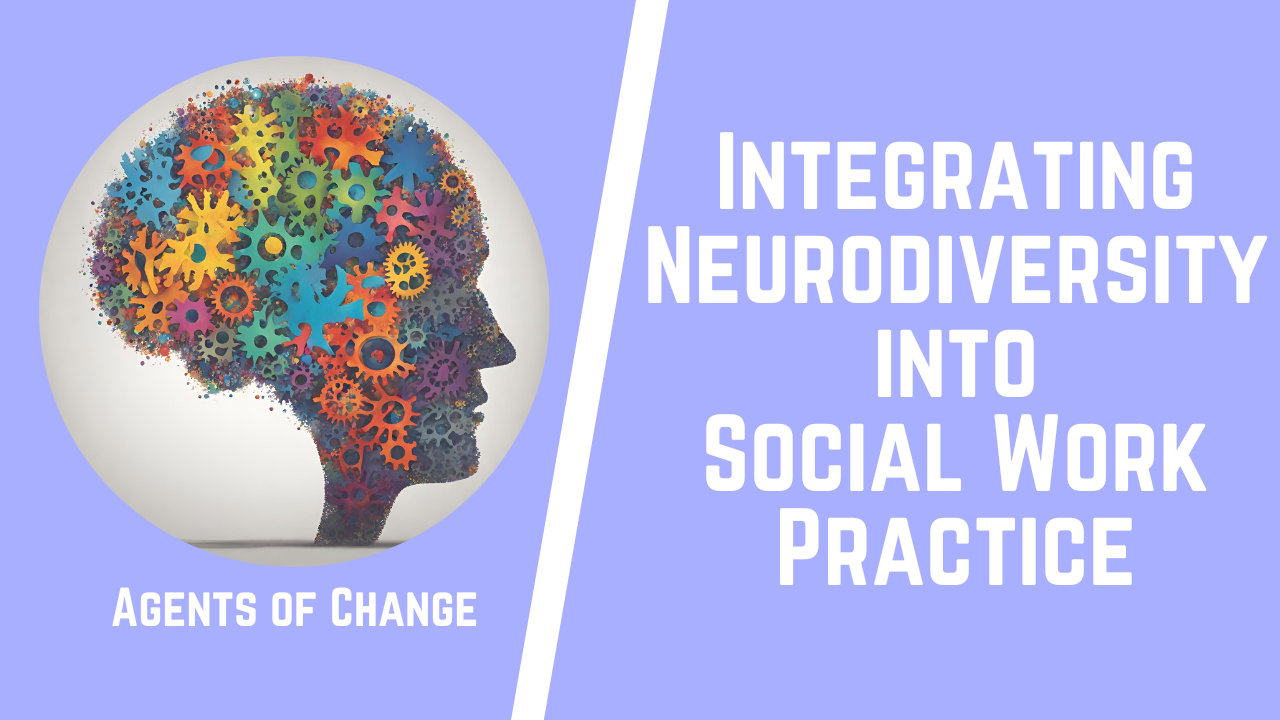With its array of diverse topics, the breadth of knowledge required, and a ticking clock, the ASWB exam can seem like quite a formidable challenge!
But fear not! One area that often poses a challenge—case conceptualization—doesn’t have to be your Achilles heel. So sit back, grab your favorite highlighter, and let’s delve into the world of case conceptualization and the ASWB exam.
1) Demystifying Case Conceptualization
Before we can unpack the link between case conceptualization and the ASWB exam, it’s essential to understand what case conceptualization actually is. So, what is it?
Case conceptualization is essentially a road map. A map that charts the journey of a client, capturing their unique experiences, psychological patterns, and the interventions best suited for them. It’s a critical tool in a Social Worker’s repertoire, helping to navigate the complexities of human experience and behavior.
Case conceptualization can also be referred to as clinical formulation and is a cornerstone of therapeutic practice. It doesn’t just involve detailing symptoms or problems, but also requires exploring their origins, the relationships between different issues, and how they impact the person’s life.
Here are some key aspects of case conceptualization:
- Understanding the Presenting Problem: The process begins by understanding the problem or the issue that the client is currently facing. This is often the reason the client has sought help and forms the starting point for the conceptualization.
- Exploring the Client’s History: Case conceptualization takes into account the client’s life history. This includes their upbringing, significant life events, cultural background, and more. Understanding a client’s history can provide insights into how their past experiences might be contributing to their current issues.
- Linking Theory and Practice: Case conceptualization is grounded in theoretical understanding. Therapeutic models and theories inform the process and guide the interpretation of the client’s experiences.
- Identifying Patterns and Themes: Through the process, therapists aim to identify patterns and themes in a client’s experiences. This might include recurring thoughts, behaviors, or emotional responses, as well as significant relationships and their dynamics.
- Formulating Hypotheses: Based on the information gathered and patterns identified, therapists form hypotheses about the underlying psychological processes. For example, a therapist might hypothesize that a client’s anxiety stems from early experiences of abandonment.
- Developing a Treatment Plan: Finally, case conceptualization guides the treatment planning process. The understanding gleaned from the conceptualization helps therapists identify the interventions likely to be most helpful for the client.
In essence, case conceptualization is an ongoing process that evolves as therapists gain more understanding of their clients. It is both an art and a science, requiring empathy, clinical judgment, and a solid grounding in therapeutic theories and research.
2) Exploring the Role of Case Conceptualization in the ASWB Exam
- Tapping into the Human ExperienceThe ASWB exam doesn’t just test your textbook knowledge. It’s much more than that! It plunges into the depths of human experiences and behaviors. And that’s where case conceptualization shines! By understanding a client’s unique narrative, you can better navigate the multiple-choice questions in the ASWB exam.
- Guiding Ethical Decision MakingEthics isn’t just about memorizing the NASW Code of Ethics. It’s about applying those principles in real-life situations. The case conceptualization provides a scaffold for ethical decision-making, allowing you to apply your understanding of ethics to the nuanced scenarios presented in the ASWB exam.
- Informing Intervention StrategiesThe ASWB exam evaluates your ability to match interventions to client scenarios. With a solid grasp of case conceptualization, you can select interventions that are tailor-made for the individual’s needs, history, and context—precisely what the exam wants to see.
Tips for Mastering Case Conceptualization for the ASWB Exam
Feeling a bit overwhelmed? Hey, it’s totally normal. But here’s the good news: mastering case conceptualization is absolutely doable. Here are some tips to get you on the right track.
- Understand the Theory: Case conceptualization isn’t just plucking ideas out of thin air—it’s grounded in theory. Whether it’s a psychodynamic theory or cognitive-behavioral theory, understanding the theoretical underpinnings can help you create robust conceptualizations.
- Practice, Practice, Practice: Can’t stress this enough! Practice makes perfect, especially when it comes to case conceptualization. Take mock ASWB exams, use case studies, or even volunteer for role-plays. The more you practice, the better your conceptualizations will be. Agents of Change includes hundreds of practice questions to help you prepare!
- Reflect on Feedback: Constructive criticism is your friend, not your enemy! Seek feedback on your case conceptualizations and take it on board. This approach can help refine your skills and broaden your understanding.
3) ASWB Practice Question – Case Conceptualization
Question: A Social Worker is working with a client who has been recently diagnosed with a severe anxiety disorder. The client shares that they have started to avoid public spaces due to intense fears of having a panic attack. The Social Worker begins the process of case conceptualization to guide the intervention process. In this scenario, which of the following steps should the Social Worker primarily focus on next for an effective case conceptualization?
A) Assign the client a diagnosis from the DSM-5
B) Design an intervention plan without considering the client’s specific fears
C) Identify and explore the client’s cognitive distortions about public spaces
D) Refer the client to a psychiatrist for medication, bypassing further conceptualization
Answer: C) Identify and explore the client’s cognitive distortions about public spaces
Rationale: In case conceptualization, the focus is on understanding the unique experiences and psychological patterns of the client. While a diagnosis (Option A) is part of the overall picture, it’s not the immediate next step as the client already has a diagnosis. Designing an intervention plan without considering the client’s specific fears (Option B) bypasses an essential aspect of case conceptualization—understanding the individual’s unique experiences. Referring the client to a psychiatrist for medication (Option D) also bypasses the conceptualization process.
In contrast, identifying and exploring the client’s cognitive distortions (Option C) aligns with case conceptualization. This step helps in understanding the client’s experiences and perceptions about public spaces, providing valuable insight for a personalized intervention plan. It is, therefore, the correct next step in an effective case conceptualization process.
4) FAQs on Case Conceptualization
Q: What is the importance of case conceptualization in the ASWB exam?
A: Case conceptualization plays a critical role in the ASWB exam. It assists in understanding client scenarios, guiding ethical decision-making, and informing intervention strategies. Learn more about Case Conceptualization and get access to hundreds of additional practice questions with Agents of Change.
Q: How can I improve my case conceptualization skills?
A: To improve your case conceptualization skills, ensure you have a solid understanding of theory, practice regularly, and be open to feedback. We also recommend answering as many ASWB practice questions as possible and taking our full-length, timed practice exams.
Q: How does case conceptualization relate to real-world Social Work, beyond the ASWB exam?
A: Case conceptualization isn’t just crucial for the ASWB exam—it’s a core skill for real-world Social Work. It enables you to understand and empathize with your clients’ unique experiences, guide your interventions effectively, and maintain ethical decision-making. In essence, it forms the backbone of a meaningful and successful Social Work practice.
5) Conclusion
Phew! We made it. It’s been quite a journey, hasn’t it? But remember, tackling case conceptualization for the ASWB exam doesn’t have to be daunting.
With a good grasp of theory, lots of practice, and a willingness to learn from feedback, you can master this critical aspect of the exam. So, what are you waiting for? You’ve got this.
Learn more about Case Conceptualization and get access to hundreds of additional practice questions with Agents of Change.
We’ve helped thousands of Social Workers pass their ASWB exams and want to help you be next!
————————————————————————————————————————————————
► Learn more about the Agents of Change course here: https://agentsofchangeprep.com
About the Instructor, Meagan Mitchell: Meagan is a Licensed Clinical Social Worker and has been providing individualized and group test prep for the ASWB for over five years. From all of this experience helping others pass their exams, she created the Agents of Change course to help you prepare for and pass the ASWB exam!
Find more from Agents of Change here:
► Facebook Group: https://www.facebook.com/groups/aswbtestprep
► Podcast: https://anchor.fm/agents-of-change-sw
#socialwork #testprep #aswb #socialworker #socialwork #socialworktest #socialworkexam #exam #socialworktestprep #socialworklicense #socialworklicensing #licsw #lmsw #lcsw #aswbexam #aswb #lcswexam #lmswexam #aswbtestprep #aswbtest #lcswtestprep #lcswtest #lmswtestprep #lmswtest #aswbcourse #learningstyles #learningstyle
Disclaimer: This content has been made available for informational and educational purposes only. This content is not intended to be a substitute for professional medical or clinical advice, diagnosis, or treatment




